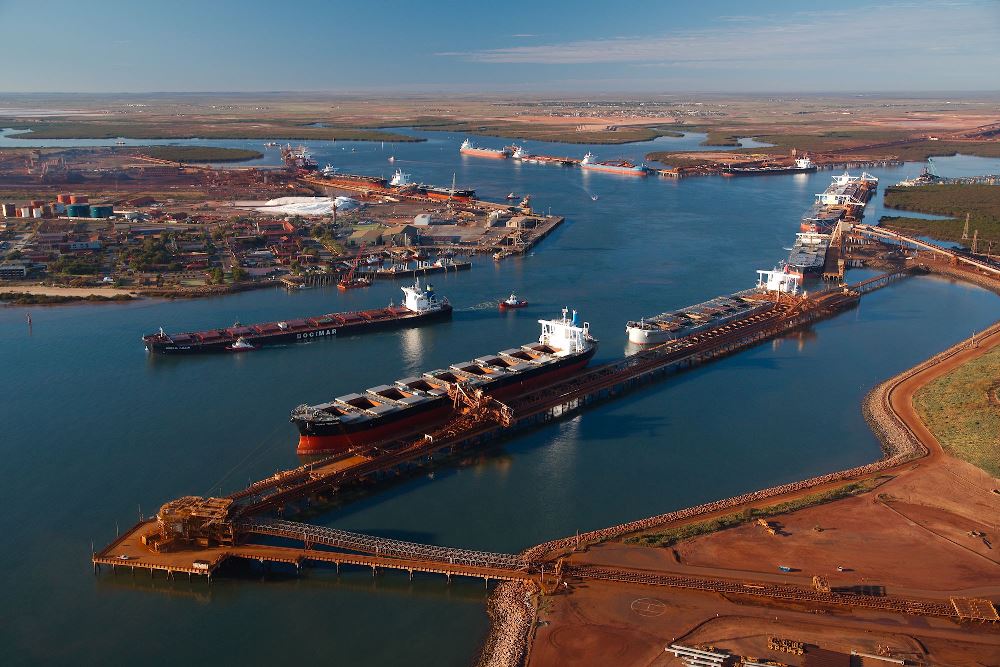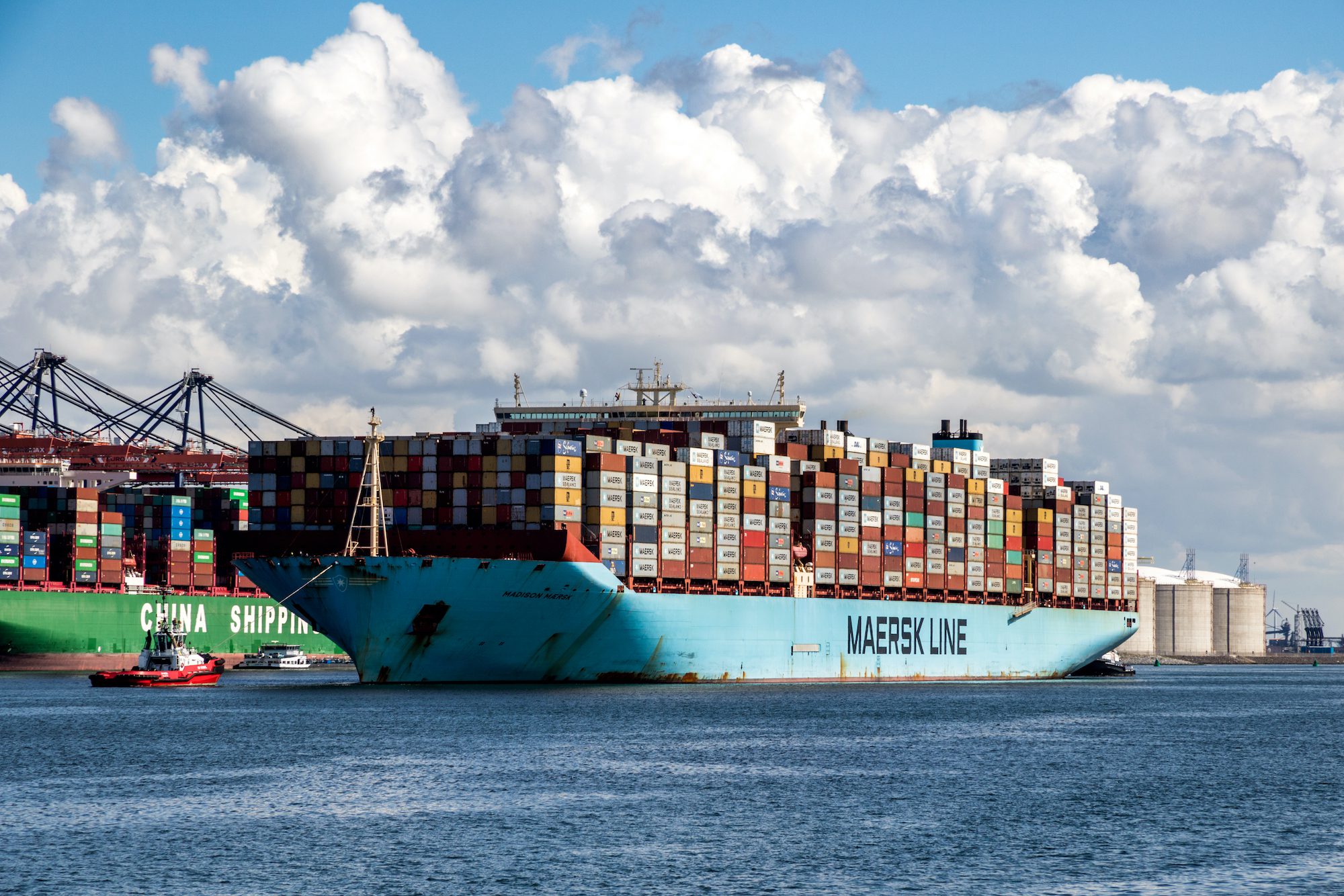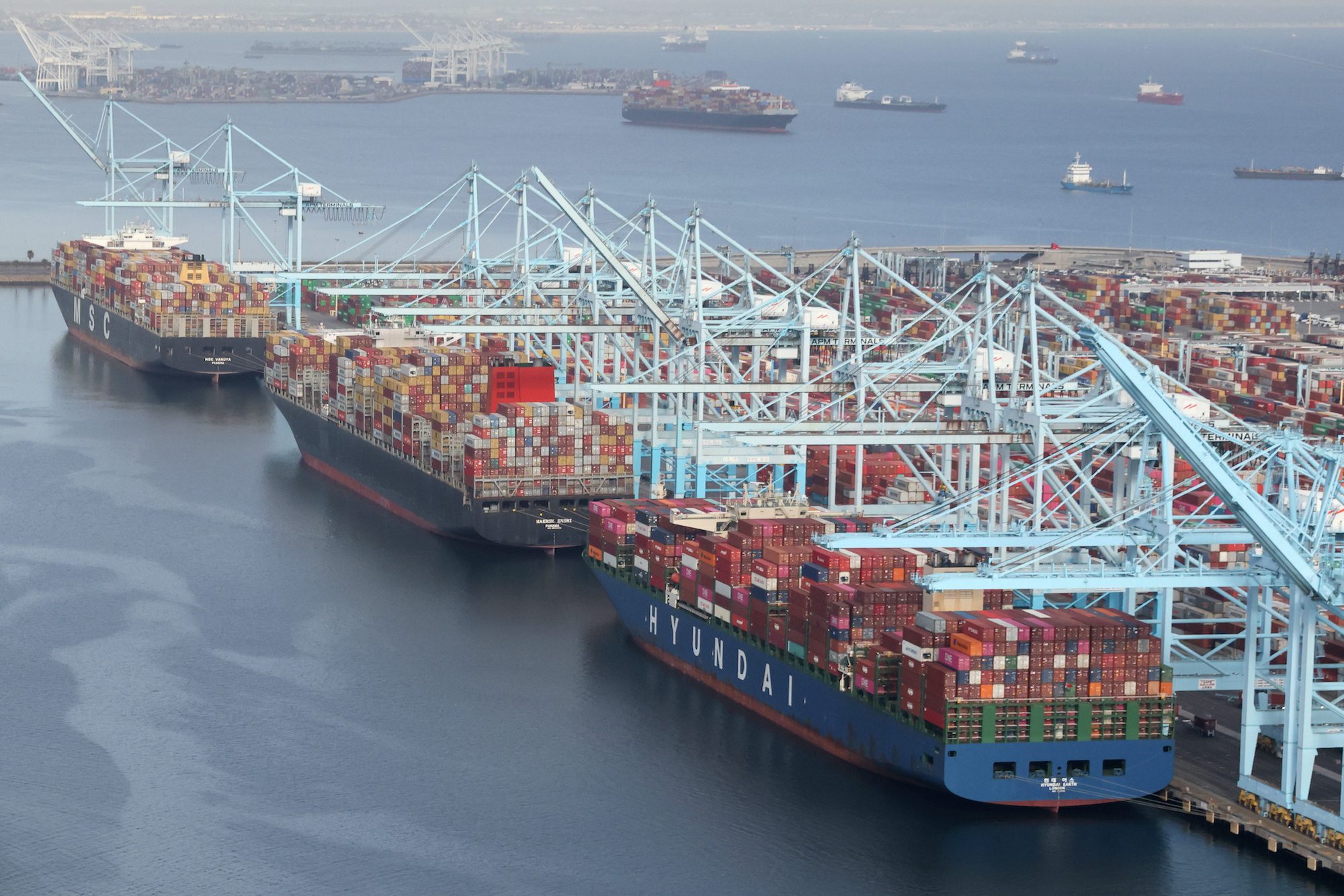A new Australian Transport Safety Bureau (ATSB) interim report details how coordinated action by pilots and tug crews prevented a potential disaster after a fully laden bulk carrier lost propulsion while transiting Port Hedland’s shipping channel in February.
The Singapore-flagged bulk carrier FMG Nicola, measuring 327 meters and carrying a full load of iron ore, experienced a sudden main engine shutdown about an hour into its transit of Port Hedland’s single shipping channel on February 7, 2025, while traveling at approximately 8.3 knots.
According to ATSB Chief Commissioner Angus Mitchell, “Over the next half hour, the ship neared the western, and then the eastern side of the channel, before travelling along the channel’s eastern edge as it slowed gradually.”
The incident triggered an immediate response, with the pilots directing the two secured tugs to help maintain the vessel’s position within the channel while requesting additional assistance. Four more tugs joined the effort, bringing the total to seven vessels working to prevent the carrier from running aground.
Meanwhile, the ship’s engineers identified the cause of the shutdown as “a faulty switch monitoring the main engine’s lubricating oil pressure.” After verifying all systems were functioning normally, they reset the trip lockout system and restarted the engine at dead slow ahead.
Within approximately 35 minutes of the shutdown, the vessel had been moved away from the channel side, and engine speed was progressively increased to full ahead. The tugs continued to escort the ship out of the channel, after which it resumed its passage to Dongjiakou, China.
The ATSB noted that subsequent inspections, including an underwater survey, found no physical damage to the vessel.
“The features of the Port Hedland channel make the risks associated with channel blockage high,” said Mitchell. “A disabled ship can strand on a receding tide as well as blocking the passage of other ships. Depending on departure times, separation between ships and the location of an incident, up to 3 additional ships could be committed to, or within, the channel and exposed to this hazard at a given time.”
The investigation into the incident remains ongoing, with particular attention being given to the reporting protocols after the incident. According to the ATSB, a full report of the incident did not reach them at the time, and they only became aware of its potential seriousness after media reports in July 2025 suggested the vessel had grounded—a claim that subsequent investigation has disproven—prompting follow-up inquiries with the port authority and the Australian Maritime Safety Authority.
A final report will be released at the conclusion of the investigation.

 Join The Club
Join The Club











